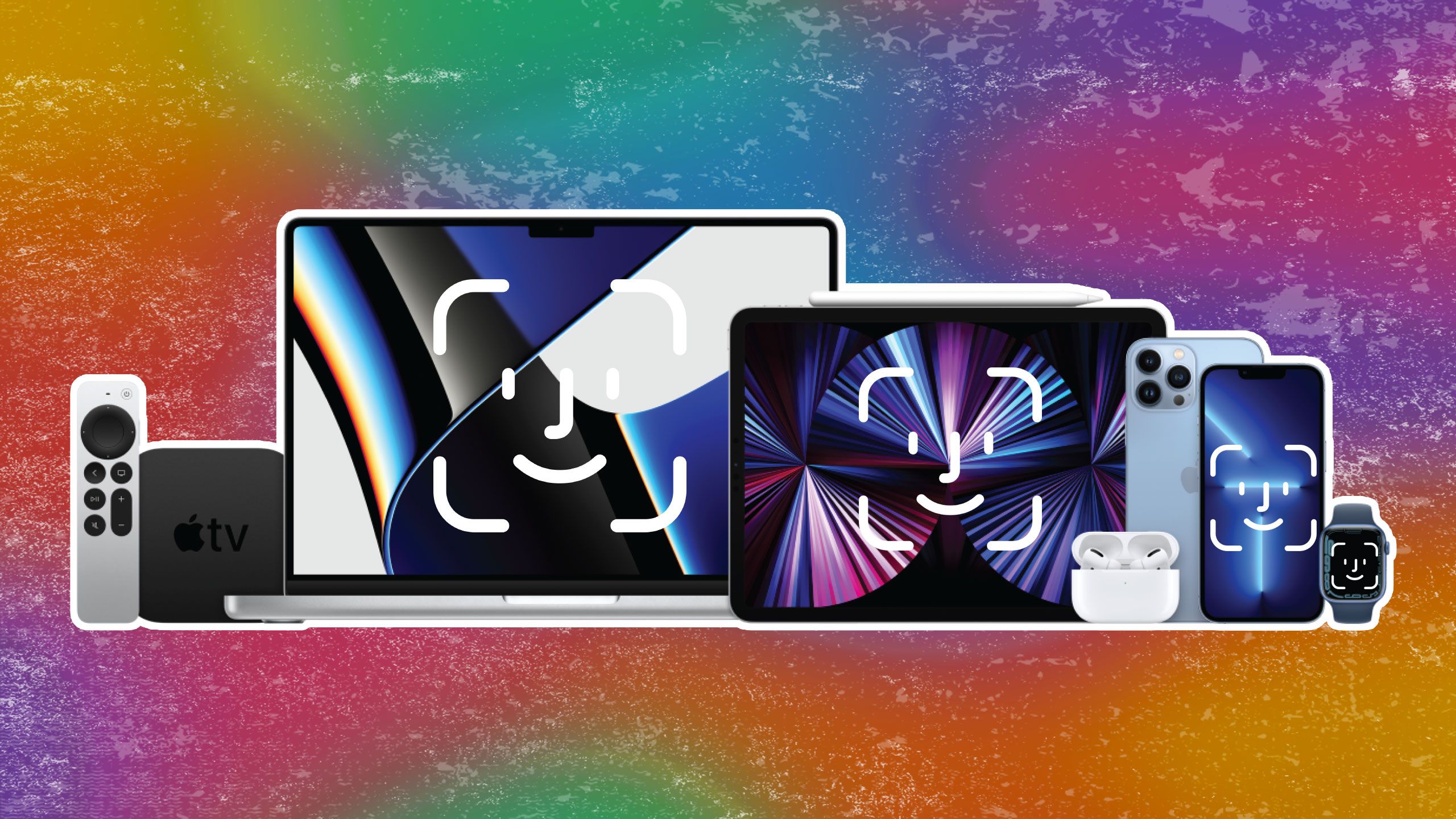
Summary
- Putting Face ID on every Apple device would speed up access and allow more personalization.
- The tricky part may be overcoming design and technical limitations, not to mention Apple’s tight grip on profit margins.
- It’s almost certainly coming to more devices — it’s just a question of how many.
Recent rumors hint that Apple is planning a push into the smart home space, for real this time — in addition to a HomeKit display hub, we might be getting a smart doorbell, Bloomberg says. What caught my eye, however, is that it might unlock using some form of Face ID, the facial recognition technology built into iPhones. That would be unique — while many doorbells have person detection, they inevitably rely on keypads, fingerprint sensors, or wireless signals to actually open.
That got me thinking about the feasibility of Apple adding Face ID to all of its devices. And when I say all, I mean it — Macs, the Apple TV 4K, even HomePods. While it might not be technically or financially practical on some products yet, it could be a good goal to strive for.
Related
Apple is reportedly canceling its unreleased iPhone subscription service, and good riddance
It would’ve been great for Apple and its most diehard fans, but no one else.
Faster logins, better personalization
Hopefully, a new level of convenience
Anyone with a flagship iPhone or an iPad Pro can vouch for Face ID’s convenience. There’s nothing wrong with Touch ID, naturally — but Face ID is so quick that by the time you even think about unlocking a device, it’s often already done. It reduces friction while still enabling security.
The tech’s real potential lies in personalization, assuming Apple ever deigns to support multiple Face ID profiles.
That alone would be great on as many devices as possible — imagine not having to type in a passcode every time you put on your Apple Watch. Mac owners have complained about Face ID’s absence for years. It seems like such an obvious upgrade, given that Windows PCs have enjoyed facial recognition since Windows Hello was introduced in 2015.
The tech’s real potential lies in personalization, assuming Apple ever deigns to support multiple Face ID profiles. On a Mac or iPad, imagine having different apps and settings run based on whether it’s you, your wife, or your child sitting down in front of it. Likewise, an Apple TV or HomePod could automatically switch streaming services as well as viewing/listening histories. One of my pet peeves with tvOS is that in a family situation, it’s easy to end up with other people’s histories and watchlists mixed into your own, no matter if you remember to switch tvOS profiles using the Siri Remote.

Related
Change these TV settings ASAP if you have an Apple TV 4K
Make sure you get the most out of your Apple TV 4K.
Why doesn’t Apple have Face ID on everything?
A mix of external and self-imposed limitations
The biggest factor is likely profit margins. While Apple does make a tidy sum from online services, hardware is its bread and butter, so it sometimes avoids features that would cut into margins — even if that would increase market share. Consider that while Samsung began putting OLED on phones back in 2009, Apple didn’t make the switch until 2017’s iPhone X. Face ID cameras may be increasingly cheap to manufacture, but Apple no doubt saves some money by relegating Mac and iPad Air owners to Touch ID.
With some products, there may be inherent design obstacles.
There are also technical barriers. The current incarnation of Face ID works best within an arm’s length — that’s fine for iPhones, but sometimes forces you to lean in if you’ve got an iPad Pro. Its range would be intolerable with a Mac workstation, let alone an Apple TV on the opposite side of a living room. It’s going to take a lot of money and research to create reliable room-scale Face ID, given that it would have to perform depth mapping from up to a dozen feet away.
With some products, there may be inherent design obstacles. Mostly, I’m thinking of the Apple Watch, which is so compact that any camera would have to be tiny. With HomePods, you’d have to implement a conspicuous camera module. Otherwise, you’d risk people pointing Face ID cameras at a wall.

Related
How to use Face ID to hide apps in iOS 18
iOS 18 lets you hide apps, making them more secure from other users.
What about privacy issues?
Yes, more cameras are a concern
Amazon
Some people are automatically suspicious of introducing more cameras into their home. I’m sympathetic with that view, since while (reputable) companies have high levels of encryption these days, you’re still increasing the odds of a successful attack, or at least the possible damage if one slips through. The rule of thumb with security cameras is that you should avoid using them indoors unless you have to — hackers won’t be able to see anything more than your driveway or yard.
I trust Apple more than I do most businesses, thankfully. On iPhones and iPads, Face ID is processed locally, and data is stored in something called the Secure Enclave. That makes it extremely tough to crack, and in fact, I’m not aware of any criminals succeeding at breaking it. It has occasionally been cracked by researchers, but those are skilled professionals with devices in hand. If someone is able to put their mitts on your Apple TV or HomePod, you have more immediate threats to deal with.
Apple itself doesn’t have any access to your facial data. So unless some revelation emerges, I can’t see any problem with spreading Face ID far and wide.

Related
These 5 lesser-known settings keep me firmly on team Android
The Android OS is brimming with under-the-radar toggles and settings — here are the ones I always make use of on every phone.
What are the chances of Face ID reaching everywhere?
Don’t hold your breath
It’s virtually guaranteed to reach Macs and the iPhone SE someday — possibly as soon as 2025 — but beyond that, I’m not optimistic. On the iPad Pro, Face ID is a small but significant reason to upgrade from an iPad Air, and Apple probably won’t sacrifice that when it’s hard enough to justify the Pro’s existence. An M4 chip and a 120Hz display hardly matter when most apps run just as well on an entry-level iPad.
I’ll bet that Apple likes the idea of putting Face ID everywhere just as much as I do.
Apple Watches are a no-go for design reasons. Aside from the difficulty of miniaturizing cameras, there’s the concern of battery drain on a wearable that already runs shorter than many buyers would like. Apple is also presumably worried about aesthetics, and customers expecting FaceTime video calls too — a guaranteed battery vampire if there ever was one.
Apple TVs and HomePods are trickier to comment on. Some of Apple’s rumored smart home devices include cameras, yet there’s no promise that all of those will include Face ID, never mind putting the feature on existing set-tops and speakers. It’d be complicated. Even with increased Face ID range, an Apple TV would have to figure out which profile(s) to use when several people are on the couch.
I’ll bet that Apple likes the idea of putting Face ID everywhere just as much as I do — it’s mostly just corporate priorities steering it along the current path.

Related
iPhone SE 4: What we know about Apple’s next budget phone
Apple’s next “budget” iPhone should finally catch up to modern designs.
Trending Products








